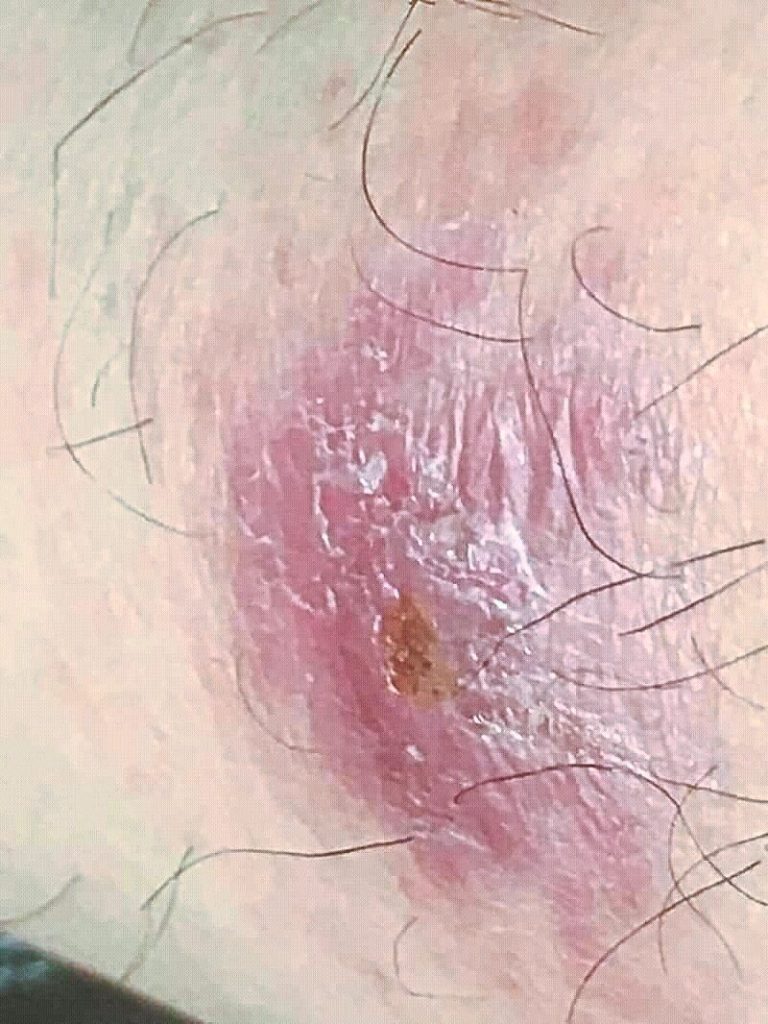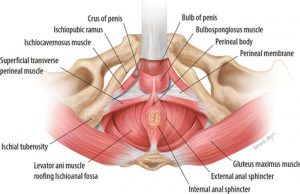Lichen sclerosus is a chronic inflammatory skin condition that primarily affects the genital and anal regions, although it can also appear in other areas of the body.
Characterised by white, patchy skin that may become thin, fragile and prone to tearing, lichen sclerosus poses significant physical challenges, as well as emotional and psychological burdens, for those affected.
Traditional treatment options have primarily focused on topical steroids and other anti- inflammatory medications, but their effectiveness can vary widely among individuals. In recent years, there has been growing interest in alternative therapies, particularly platelet-rich plasma (PRP) therapy.
This treatment utilises the body’s own healing properties to promote tissue regeneration and alleviate symptoms associated with various dermatological conditions, including lichen sclerosus. As research continues to evolve, PRP therapy presents a promising avenue for patients seeking relief from this challenging condition.
Understanding lichen sclerosus
Lichen sclerosus patients often experience a range of symptoms, including intense itching, pain and discomfort, particularly during sexual intercourse or while sitting. The affected skin may also present with a distinctive “cigarette paper” appearance due to its thinning and loss of elasticity.
If left untreated, lichen sclerosus can lead to scarring and changes in the anatomy of the affected areas, significantly impacting a patient’s quality of life. The exact cause of lichen sclerosus remains unclear, but it is believed to be an autoimmune condition, where the body’s immune system mistakenly attacks its own tissues.
Genetic predisposition may play a role, as some individuals with a family history of autoimmune disorders are more likely to develop this condition. Hormonal factors are also considered significant, as lichen sclerosus often presents during periods of hormonal change, such as menopause.
Other risk factors include age, as it is most commonly diagnosed in postmenopausal women, and certain skin conditions that may increase susceptibility. Additionally, there is evidence to suggest that trauma or irritation to the skin may trigger or exacerbate symptoms.
Management of lichen sclerosus typically involves a multifaceted approach aimed at alleviating symptoms and preventing disease progression. Topical corticosteroids are the firstline treatment, as they help reduce inflammation and alleviate itching.
In more severe cases, stronger or more potent topical medications may be prescribed. Other treatment options include immunomodulators, which work to modify the immune response, and phototherapy, which employs ultraviolet (UV) light to reduce inflammation.
For patients with significant scarring or anatomical changes, surgical intervention may be necessary. While these treatments can provide relief, they often require ongoing management and may not address the underlying causes of the condition.

What is PRP?
PRP therapy is an innovative medical treatment that utilises components derived from a patient’s own blood to promote healing and tissue regeneration. The preparation of PRP involves several key steps. First, a healthcare professional collects approximately 10 to 60ml of blood from the patient, depending on the treatment area and specific protocol.
This blood is then placed in a centrifuge, where it is spun at high speeds. This process separates the blood components, concentrating the platelets into a small volume of plasma. The resulting PRP is rich in growth factors and cytokines, which play a crucial role in promoting cellular repair and regeneration.
Once the PRP is prepared, it can be injected directly into the affected area, such as the part of the skin involved in lichen sclerosus. Upon injection, PRP stimulates the body’s natural healing processes, potentially alleviating symptoms and improving the condition of the skin.
The procedure is usually performed in an outpatient setting and does not require anaesthesia, although a topical anaesthetic may be applied to minimise discomfort. One of the primary advantages of PRP is that it uses the patient’s own biological material, minimising the risk of allergic reactions or complications associated with foreign substances.
Patients may experience reduced pain, improved skin texture and increased elasticity following treatment. Furthermore, PRP therapy has a relatively low incidence of side effects compared to more invasive procedures. However, it is not without risks.
Possible side effects include localised pain, swelling or bruising at the injection site. In rare cases, infection or nerve injury may occur. It is essential for patients to discuss these risks with their healthcare provider to make an informed decision about undergoing PRP therapy.
PRP in lichen sclerosus
Recent clinical studies have begun to illuminate the potential benefits of PRP therapy for individuals suffering from lichen sclerosus.
One randomised controlled clinical trial published in a reputable dermatology journal reported significant improvements in symptoms such as pain, itching and discomfort among participants treated with PRP, compared to those receiving standard treatment.
Additionally, a systematic review analysing multiple studies concluded that PRP therapy could be beneficial in managing lichen sclerosus symptoms, particularly in patients who have not responded adequately to traditional treatments. These findings suggest that PRP may play an important role in the therapeutic landscape for lichen sclerosus, especially as a complementary approach to existing treatments.
While the current evidence supporting the use of PRP therapy in lichen sclerosus is promising, further research is necessary to establish standardised treatment protocols and long-term outcomes. Future studies should focus on larger sample sizes and diverse populations to better understand the efficacy and safety of PRP in different patient demographics.
Moreover, investigating the optimal frequency and preparation methods for PRP can enhance treatment outcomes. Researchers are also encouraged to explore the synergistic effects of combining PRP therapy with other modalities, such as topical treatments or laser therapy, to enhance healing and symptom relief.
As the understanding of lichen sclerosus evolves, PRP therapy holds the potential to offer a novel and effective approach to managing this challenging condition, paving the way for improved patient care and outcomes.
By Datuk Dr Nor Ashikin Mokhtar
Published in Star Newspaper, 07 Apr 2025




